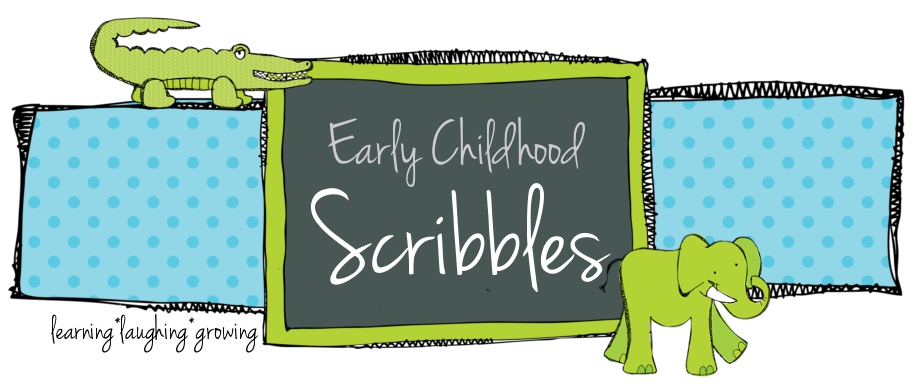As a preschool teacher, it can be difficult to find the balance between academics, social skills, play, teacher directed activities, child directed activities, and more all while being developmentally appropriate. It can be exhausting. Hopefully this activity will help you in the never ending struggle to find that balance.
*On a side note, if you haven't read Already Ready by Matt Glover and Katie Wood Ray, I HIGHLY recommend it!
There are many different facets of writing, and this activity only covers a few of them.
It mainly focuses on:
- handwriting
- developing understanding the difference between letters, words, and sentences.
- spaces between words
- punctuation
To begin, I write the sentence I'm wanting my students to write and cut out each word individually. This is my model.
Before the students begin writing, we discuss what we are going to write. I show them each word individually and we count how many letters are in each word. I remind students how each letter has a sound and we put those sounds/letters together to make the word. After going over all the words, we put them together to make a sentence. I point out the period at the end of the sentence.
Then, I have the students copy my sentence one word at a time. We talk about how the letters look. (The letter a has a circle and a line, can you make a circle and a line?) After they write each word, I cut it out and have them start on the next word.
When they are finished, they help me put the words together to make the sentence. While they're glueing the words, we talk about the space between each word.
It sounds intense, but it really only took about 5 minutes per group (since this was our first writing activity like this, I only taught 2 kids at a time)
Okay, so now you're thinking WOAH you expect a preschooler to know all THAT!! Take a deep breath. It's not about the students mastering these concepts, it's about exposing them to these concepts. After seeing them pointed out in shared reading, shared writing, and in activities such as these, they'll begin to understand how our language works. Literacy Beginnings, by Fountas and Pinnell is another great read.
It explains the importance of exposing our students to concepts such as these. Notice the word EXPOSING! I don't expect my students to know these things or even "learn" them immediately. If they are exposed to these concepts they'll pick them up when they are developmentally ready.
I try to add writing extensions such as this one to art projects every once in awhile. The students are already engaged because it's their art they're adding to. You also get two birds with one stone because you have student art AND writing in the same display!
5 year old example
4 year old example
3 year old example
Happy Apple Picking!




















































